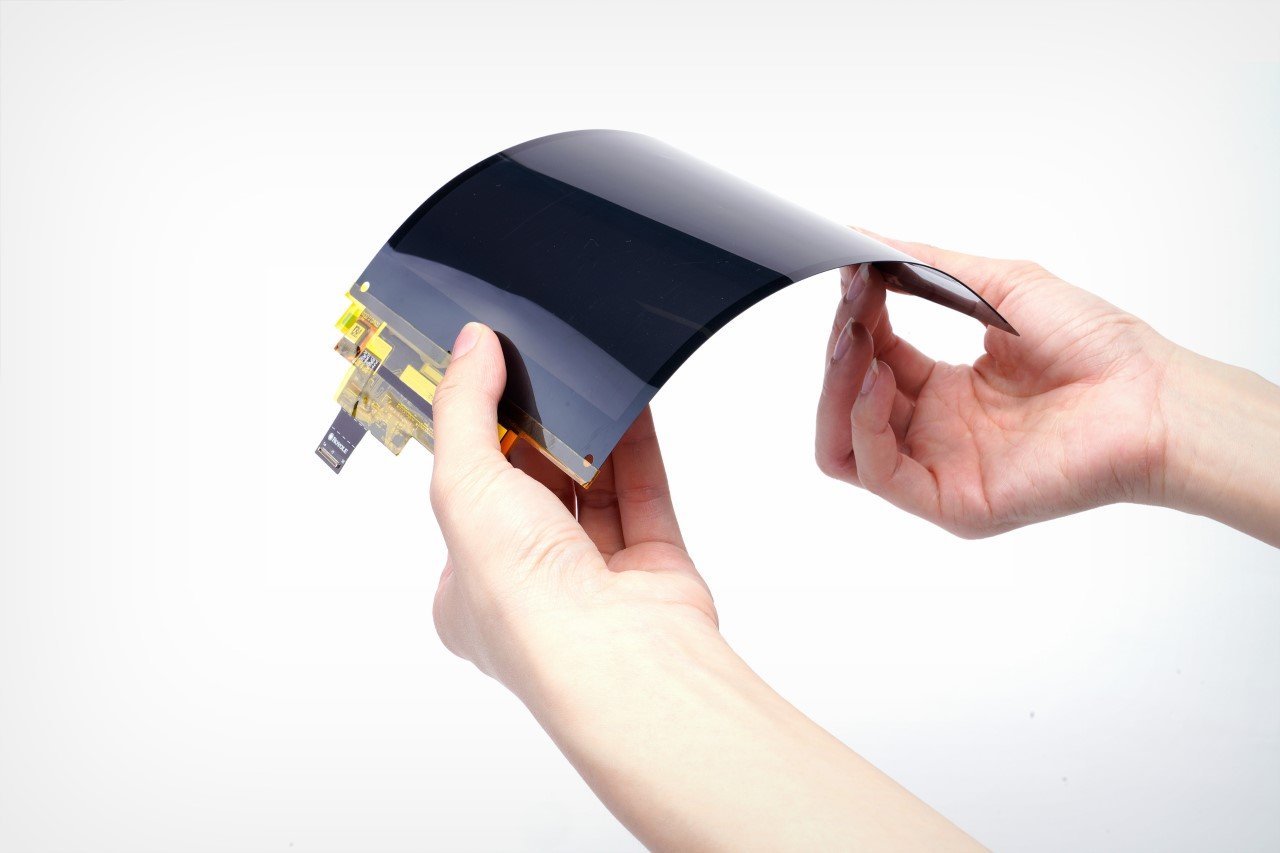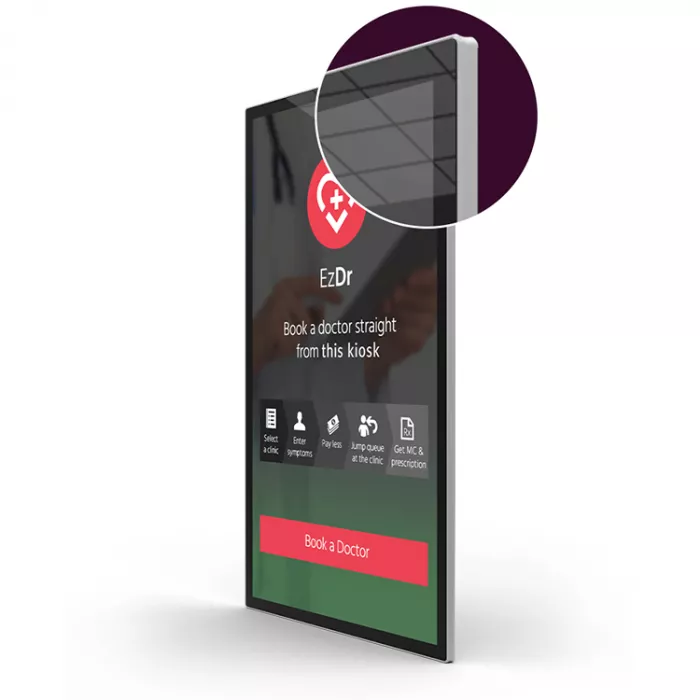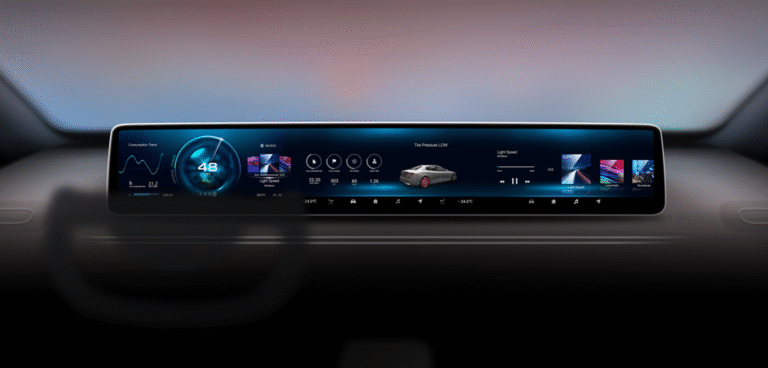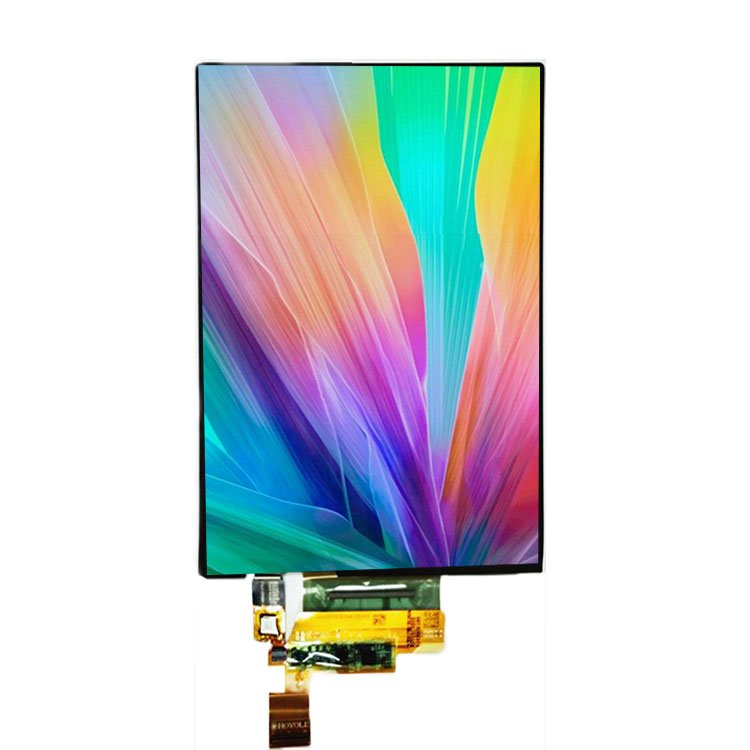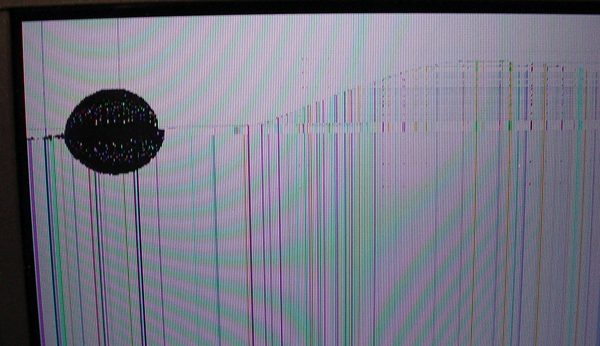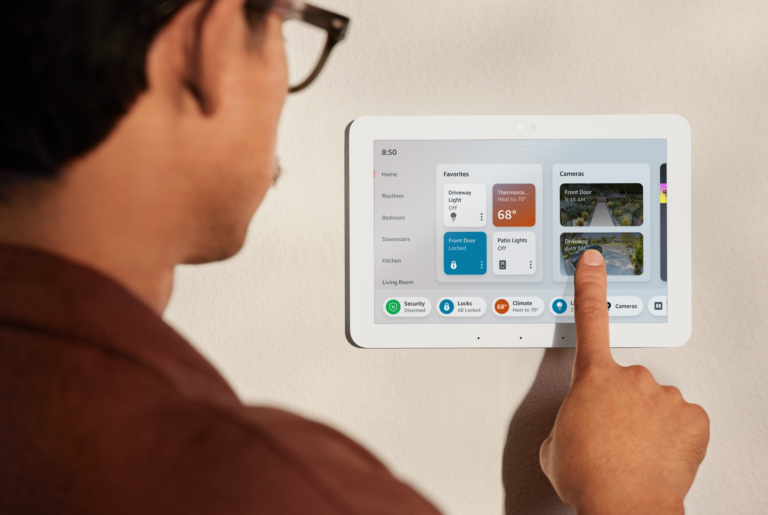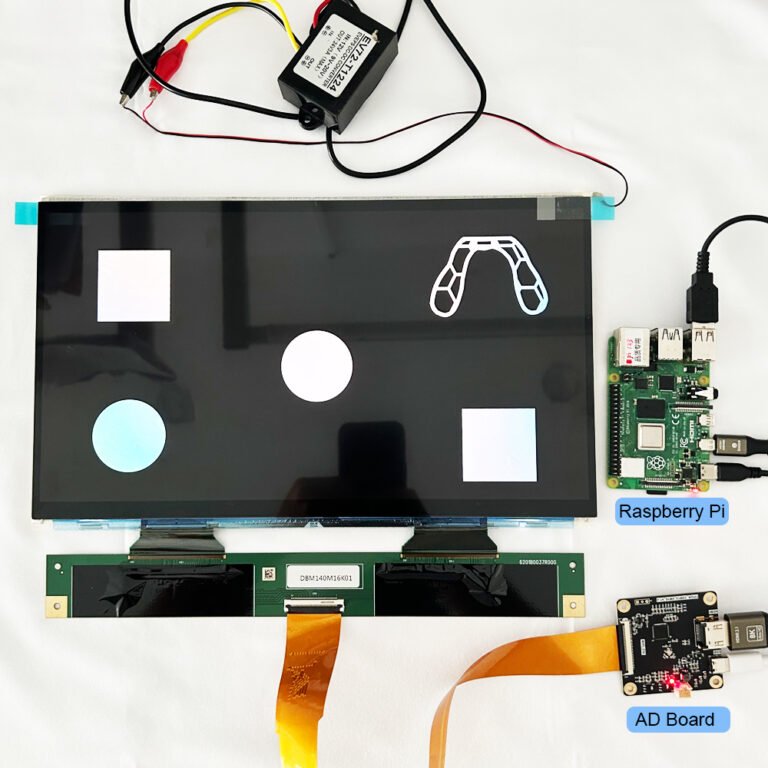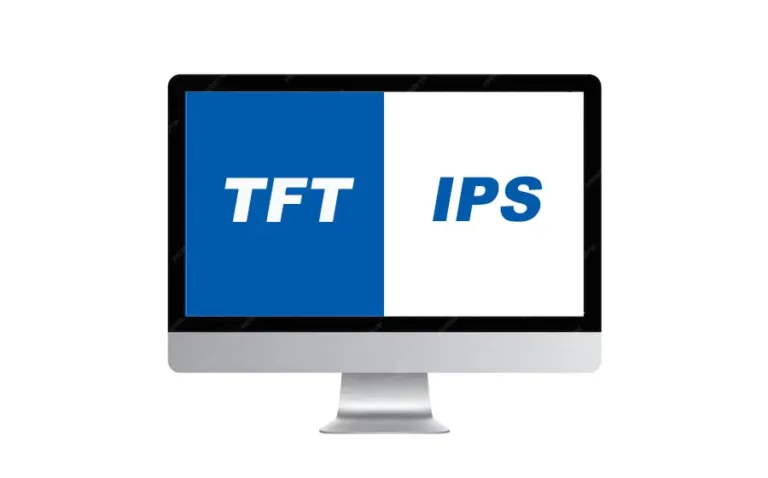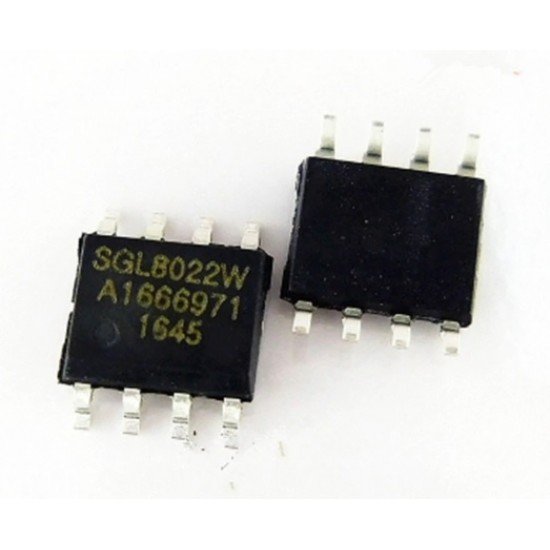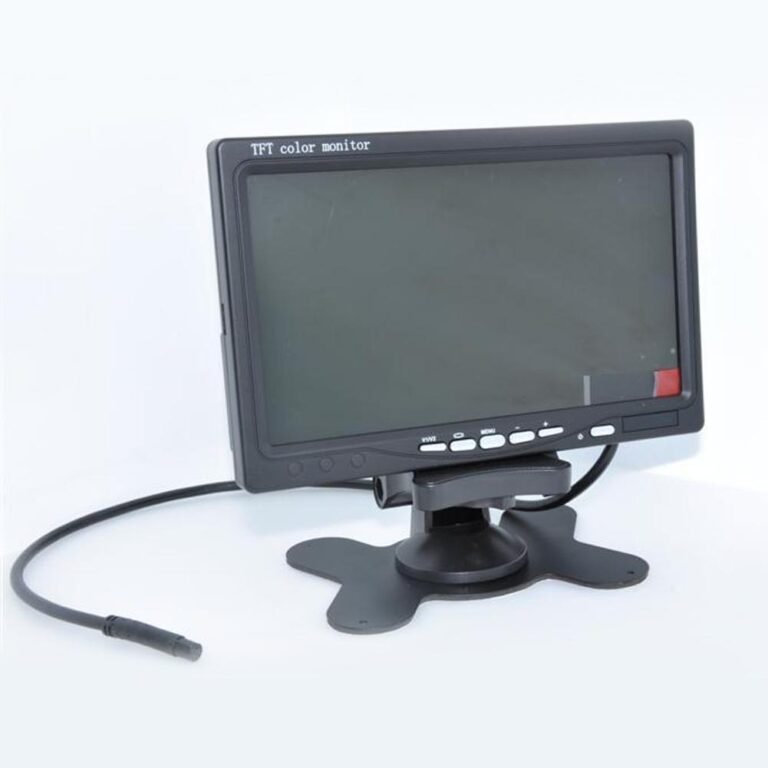Understanding Flexible Display Panels
A flexible display panel is a type of electronic display that can be bent, folded, or rolled while still showing content clearly. Unlike traditional LCDs or OLEDs that rely on rigid glass substrates, flexible displays are built on plastic, metal foil, or ultra-thin glass.
This flexibility makes them lighter, more durable, and adaptable to unique form factors. The most widely used flexible display technology today is OLED (Organic Light-Emitting Diode), which naturally allows for thinner and bendable structures compared to LCD technology.
Key Materials Behind Flexible Displays
The ability of a display to flex without breaking relies on the substrates and encapsulation layers used:
- Plastic substrates (polyimide, PET, PEN): These replace traditional glass and allow bending.
- Ultra-thin glass: Provides flexibility while maintaining scratch resistance.
- Thin-film transistors (TFTs): Used for pixel control, redesigned to be compatible with flexible materials.
- Barrier layers: Prevent oxygen and moisture from damaging sensitive OLED materials.
By carefully layering these components, manufacturers create a display that is both functional and physically adaptable.
Types of Flexible Displays
Flexible display panels are categorized by how they deform and recover:
- Bendable Displays: Can be bent to a certain radius but not folded repeatedly.
- Foldable Displays: Designed to fold in half or multiple times (e.g., foldable smartphones).
- Rollable Displays: Extend and retract like a scroll, useful for TVs and monitors.
- Stretchable Displays: An emerging category that can expand and contract like elastic material.
Each type requires specific engineering considerations regarding durability, pixel density, and power consumption.
How Flexible Displays Differ from Conventional Displays
| Fonctionnalité | Conventional Display | Écran flexible |
|---|---|---|
| Substrate | Glass | Plastic or ultra-thin glass |
| Durabilité | Fragile, prone to shattering | Resistant to drops and impacts |
| Form Factor | Fixed, rigid | Foldable, rollable, bendable |
| **Épaisseur** | Typically >1 mm | <0.5 mm in many designs |
| Poids | Heavier | Léger |
| Applications | TVs, monitors, rigid smartphones | Foldable phones, wearables, automotive dashboards |
The main difference lies in design freedom. Flexible displays allow manufacturers to explore entirely new device categories.
Advantages of Flexible Display Panels
Flexible displays are not just a design gimmick—they offer tangible benefits:
- Durability: Less prone to cracking compared to rigid glass-based panels.
- Portability: Devices can fold or roll into smaller, pocket-sized forms.
- Lightweight construction: Plastic substrates reduce overall weight.
- Energy efficiency: OLED-based flexible displays can consume less power.
- Innovative product design: Enables curved screens, foldable phones, and futuristic wearables.
Limitations and Challenges
Malgré leur potentiel, les écrans flexibles rencontrent plusieurs défis :
- Durabilité lors des pliages répétés : Les contraintes mécaniques peuvent provoquer des plissements.
- Complexité de fabrication : Coûts plus élevés que les LCD traditionnels.
- Limitations des matériaux : Les plastiques flexibles peuvent être plus facilement rayés.
- Longévité : Les écrans flexibles OLED peuvent rencontrer des problèmes de brûlure d'écran ou de durée de vie réduite s'ils ne sont pas correctement conçus.
Ces défis sont activement relevés, mais ils restent des obstacles à l'adoption massive dans certaines industries.
Applications des Panneaux d'Affichage Flexibles
Les panneaux d'affichage flexibles transforment déjà la conception des produits dans de multiples industries :
1. Électronique Grand Public
- Smartphones pliables (ex. : Samsung Galaxy Z Fold series, Huawei Mate X)
- Dispositifs portables comme les montres connectées et les traqueurs d'activité
- Tablettes et ordinateurs portables avec écrans hybrides pliables
2. Industrie Automobile
- Tableaux de bord courbes et systèmes d'infodivertissement
- Intégration homogène dans les habitacles
- Affichages tête haute (HUD) aux facteurs de forme adaptables
3. Usage Industriel et Commercial
- Moniteurs médicaux portables
- Signalétique retail flexible
- Écrans renforcés pour environnements extérieurs
4. Concepts Futuristes
- Téléviseurs enroulables se rétractant lorsqu'inutilisés
- Patchs médicaux extensibles avec éléments d'affichage intégrés
- Vêtements intelligents avec écrans incorporés
L'Avenir de la Technologie des Écrans Flexibles
Le marché des écrans flexibles devrait croître rapidement grâce à l'amélioration des techniques de fabrication et la baisse des coûts. Selon des rapports sectoriels, le marché des écrans flexibles pourrait dépasser 100 milliards de dollars US d'ici 2030, porté par la demande des secteurs smartphone, automobile et portable.
Les avancées à surveiller incluent :
- Verre flexible plus résistant pour réduire les rayures
- Mécanismes de pliage améliorés pour prévenir les plissements
- Affichages hybrides alliant flexibilité et haute durabilité
- Intégration avec les technologies émergentes comme la RA/RV et l'IoT
Conclusion
Ainsi, qu'est-ce qu'un panneau d'affichage flexible ? Plus qu'une simple fonctionnalité gadget futuriste, il représente un changement fondamental dans la technologie d'affichageEn remplaçant le verre rigide par des substrats flexibles, les fabricants ouvrent de nouvelles possibilités en matière de design, portabilité et durabilité.
De smartphones pliables à dispositifs médicaux portables et tableaux de bord automobiles, les écrans flexibles font déjà leur effet, avec des applications encore plus transformatives à l'horizon.
Bien que des défis comme le coût et la durabilité persistent, l'industrie progresse régulièrement. Les panneaux d'affichage flexibles ne sont pas qu'une tendance, ils sont appelés à devenir une composante centrale de l'électronique nouvelle génération.


